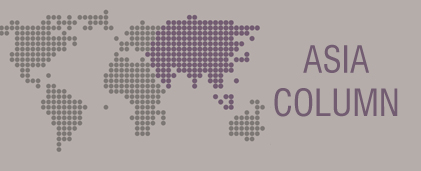Feb 26, 2014

CPI Asia Column edited by Vanessa Yanhua Zhang (Global Economics Group) presents:
Trade Associations in Asia: A Predictable Focus of the Authorities – Mark Jephcott & Peggy Leung (Herbert Smith Freehills)
Introduction by editor Vanessa Zhang
In this month’s edition of the CPI Asia Column, authors Mark Jephcott and Peggy Leung (Herbert Smith Freehills) explore trade associations and the fine line businesses may cross – trade associations might allow small businesses to increase their bargaining power, but they might also provide a forum for companies to behave anti-competitively. In Asia, sometimes trade associations might be used for anticompetitive behavior, and have therefore been targeted by competition regulators, particularly in China.
Our authors look at how the maturing competition law in Asia would help deal with potential anti-competitive behavior of trade associations, and predict that trade associations are likely to remain an enforcement focus of antitrust agencies in Asia.
Introduction
Trade and industry associations1 may be formed by businesses for legitimate reasons that enhance competition: small businesses may find increased bargaining power when negotiating as part of a trade association, and an association may develop and enforce trade standards and best practices. However, such associations may also provide a forum for industry players to conduct themselves in potentially anticompetitive ways. For example, businesses in an indu
...THIS ARTICLE IS NOT AVAILABLE FOR IP ADDRESS 216.73.216.89
Please verify email or join us
to access premium content!
